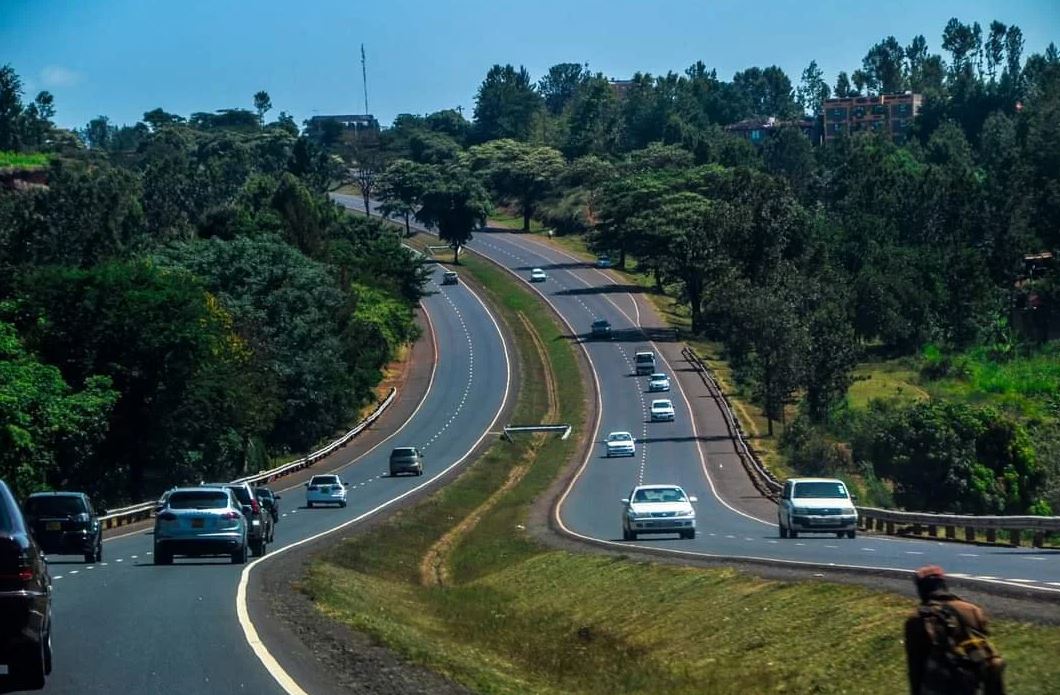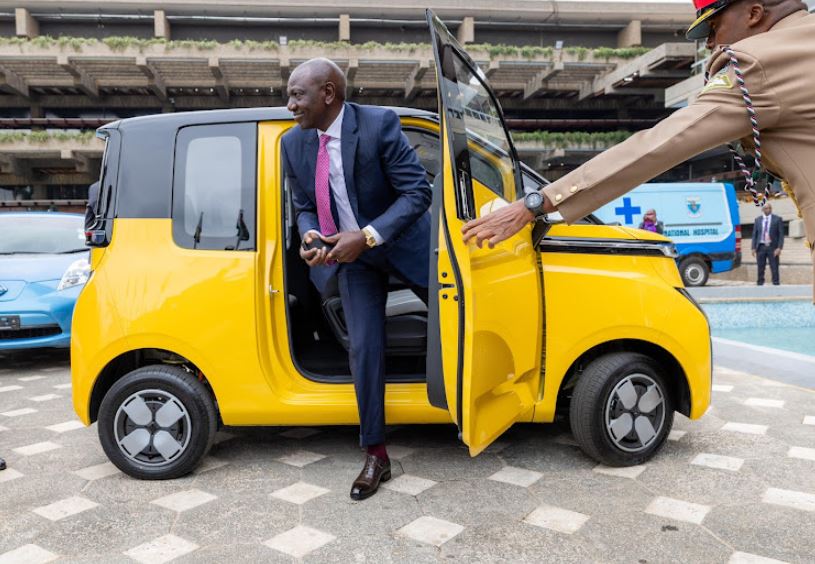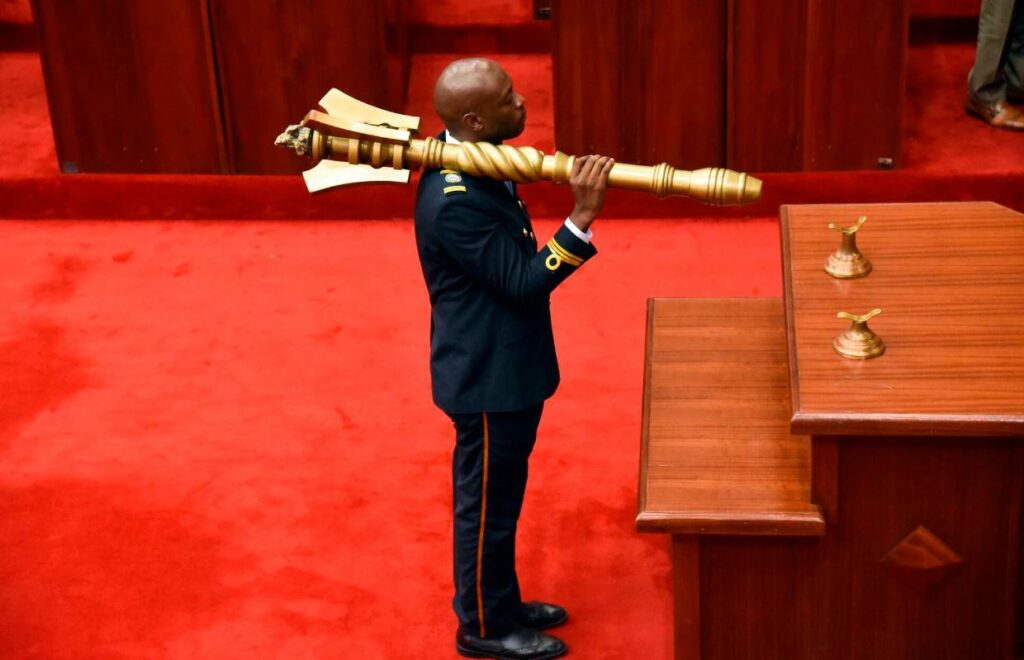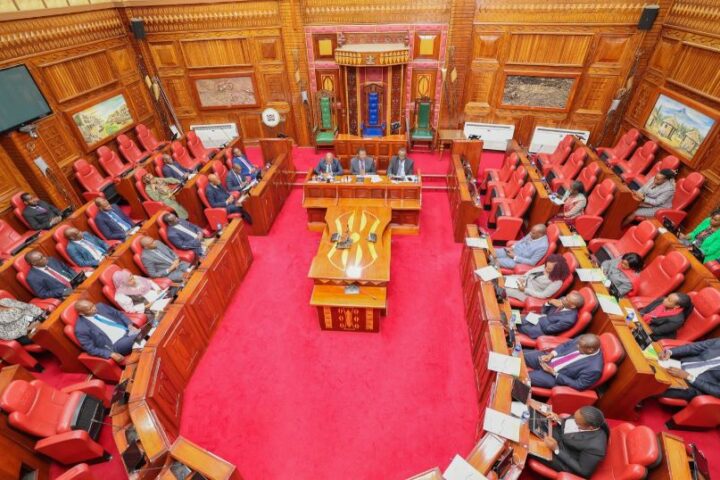
The Kenya National Highways Authority (KeNHA) revealed in its five-year strategic plan that a substantial portion of this investment, Sh192.5 billion, will focus on upgrading major roads, including the expansion of the Rironi-Nakuru-Mau Summit road.
The proposed dual carriage connecting the capital Nairobi to the Western part of Kenya has been discussed for many years, with the project seemingly going nowhere. Initially set to be built by the French, the current government has been courting other interested investors, hoping to lure them in a PPP framework.
An additional Sh117 billion is earmarked for the construction of new roads, some of which have already commenced.
To address the current state of deteriorating roads, Sh84.5 billion will be directed towards their rehabilitation, summing up the total expenditure on road projects to Sh394 billion.
Given the nation’s heightened risk of debt distress, the government is keen on leveraging private sector partnerships to facilitate the completion of some road projects.
During the 2023-2027 period, KeNHA plans to mobilize funds for three toll roads, with a notable project being the Rironi-Nakuru-Mau Summit dualling, for which KeNHA will contribute Sh35 billion.
The agency also intends to gather Sh12.5 billion for the Mau Summit-Malaba section, although details on the new contractor for this dual carriageway, crucial for the Northern Corridor, remain undisclosed.
The Nairobi-Mombasa Expressway, stretching 473 kilometers and having received preliminary approval from the National Treasury, is allocated a budget of Sh25 billion.
This expressway, among others, will be developed through public-private partnerships, although details of the negotiations and potential investors have not been forthcoming.
Projects such as the Kula-Mawe-Modogashe and Isiolo-Kula-Mawe roads will also see significant investment, totaling Sh21.58 billion, as the government aims to finalize initiatives commenced by the previous leadership.
KeNHA’s commitment extends to constructing roads like Isiolo-Mandera, Barpello-Marichpass, and Marsabit-Segel-Maikona, with a budget of around Sh6 billion.
These projects are designed to enhance connectivity and access to markets for livestock production areas in arid and semi-arid regions.
The strategic plan sets a target of 2,349 km of roads to be constructed, comprising 1,183 km of new construction, capacity enhancement of 674 km, and rehabilitation of 492 km, aiming to pave 63% of the national trunk road network and maintain it in good condition.
Although KeNHA has identified a funding requirement of Sh653 billion for optimal development of the national trunk road network, only Sh395 billion is available for construction, rehabilitation, and enhancement activities, with a maintenance backlog estimated at Sh120 billion against a five-year allocation of Sh107 billion.
To bridge this funding gap, KeNHA plans to secure Sh708.7 billion, including Sh99.3 billion through Public Private Partnerships (PPPs), Sh1.7 billion from climate funding, and Sh8.2 billion from internal revenue sources.
The Authority emphasizes the importance of securing adequate exchequer funding, earmarking the Road Maintenance Levy Fund for road maintenance, engaging development partners for major project financing, enhancing revenue generation internally, and adopting PPPs and tolling as strategic measures to finance the implementation of its ambitious plan.








